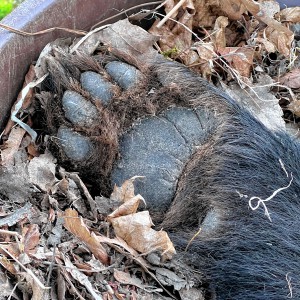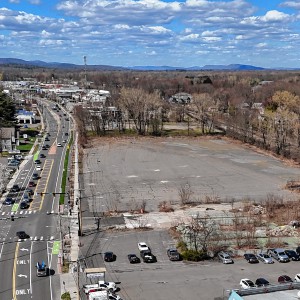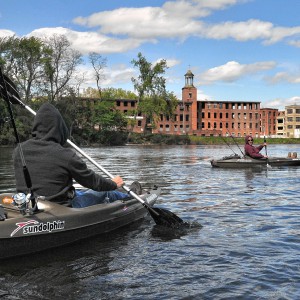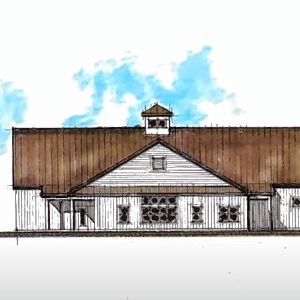Air quality alert issued for region
| Published: 06-06-2023 5:32 PM |
NORTHAMPTON — A dim sun peeked through a haze of clouds Tuesday morning, underlining state and federal environmental protection agencies’ warnings of poor air quality spreading across New England from Canadian wildfires.
Air quality that is unhealthy for sensitive groups was predicted all day and night Tuesday by the state Department of Environmental Protection, and the Environmental Protection Agency warned that effects from the smoke would linger in New England for a few days.
Sensitive groups include people with heart or lung disease such as asthma, older people, children, teenagers and people who are active outside.
People are advised to reduce prolonged or heavy outdoor exertion, while people with pre-existing conditions should stay inside, keep their medicine handy and watch for symptoms such as coughing or shortness of breath.
“It is an unusual situation,” said David Cash, regional administrator for EPA New England. “Wildfire season is more intense than in the past. The probability of this happening is low, absent climate change.”
Elevated concentrations of fine particle air pollution were expected to produce hazy skies and the odor of burning wood, affecting all of New England except Maine, spreading gradually from west to east.
As of 2:30 p.m., the air quality was rated unhealthy for everyone across western and central Massachusetts and Connecticut, according to the EPA’s air quality index.
By midmorning Tuesday, the Washington Post reported, New York City, Detroit and Toronto were ranked among the 15 cities with the worst air quality in the world.
Article continues after...
Yesterday's Most Read Articles
 Holyoke man finds bear paw in his yard
Holyoke man finds bear paw in his yard
 Petition to block auto dealership on King Street falters in Northampton
Petition to block auto dealership on King Street falters in Northampton
 First look at how little Amherst’s police alternative being used called troubling
First look at how little Amherst’s police alternative being used called troubling
 Developer lands $400K loan for affordable housing project in Easthampton mill district
Developer lands $400K loan for affordable housing project in Easthampton mill district
 Developer pitches new commercial building on Route 9 in Hadley
Developer pitches new commercial building on Route 9 in Hadley
 Boyfriend accused in slaying of Hampden sheriff’s assistant, former legislator’s top aide
Boyfriend accused in slaying of Hampden sheriff’s assistant, former legislator’s top aide
Canada is on track to see its worst wildfire season in recorded history if the rate of land burned continues at its current pace, Bloomberg reported Monday.
The country is experiencing an unprecedented amount of fire activity for this early in the season, and the most out-of-control blazes are raging in Quebec.
Low pressure swirling clockwise over Nova Scotia, meanwhile, is making for a conveyor belt of northerly winds that is pumping the smoke south over the Great Lakes, Northeast and Mid-Atlantic, the Post said.
On Tuesday morning, the worst air quality was concentrated in western New York into Quebec and Ontario, where code-orange and purple conditions were prevalent. They mean air quality is hazardous for all populations.
With no end in sight to the fires, the question of how long the smoke sticks around comes down to wind direction. The EPA is predicting that conditions in western Massachusetts will remain unhealthy for sensitive groups on Wednesday.
Prime Minister Justin Trudeau’s government has approved requests from Quebec, Nova Scotia and Alberta for federal assistance, including deployment of Canadian Armed Forces members. Firefighters have been mobilized between provinces to help in areas where they are most needed, and hundreds of personnel have been sent from the U.S., Australia, New Zealand, South Africa and Costa Rica.
Material from Bloomberg and the Washington Post was used in this report.
 New HCC president reflects on journey: Timmons sees his own struggles and arc in students’ paths
New HCC president reflects on journey: Timmons sees his own struggles and arc in students’ paths South Hadley man fatally shot in attempted robbery
South Hadley man fatally shot in attempted robbery Historic murals restored at Victory Theatre in Holyoke
Historic murals restored at Victory Theatre in Holyoke Boards balk at limiting use of Hadley Town Common
Boards balk at limiting use of Hadley Town Common
